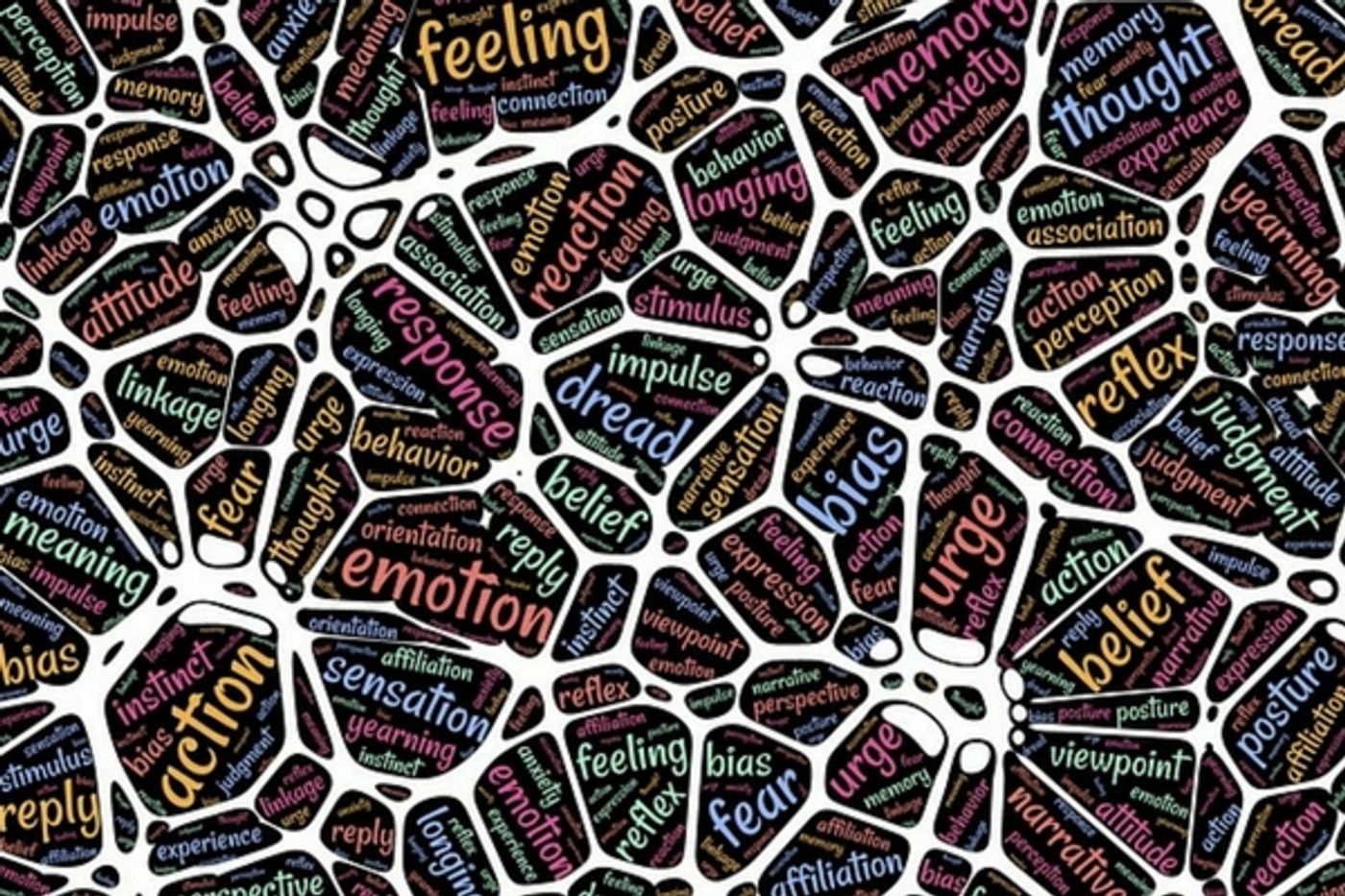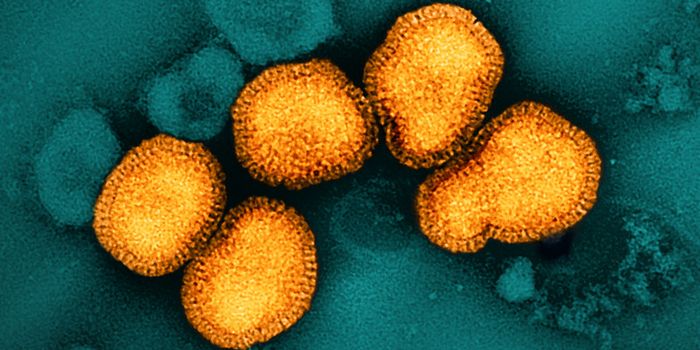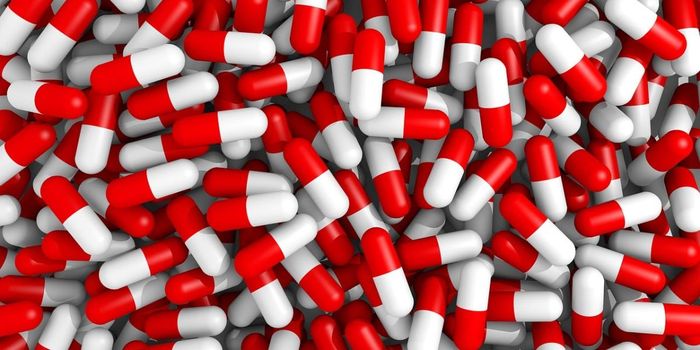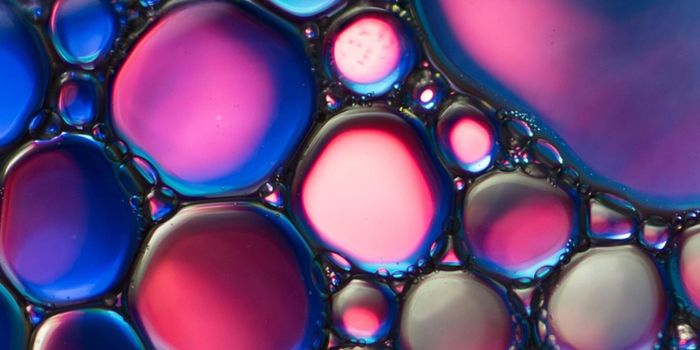Can Depression Be Treated With Magnets on the Brain?
Major depressive disorder impacts almost 15 million people in America. Other forms of depression and anxiety impact many more adults, but according to estimates, only about 60% to 70% of people who take antidepressant medications actually get any relief from this form of treatment. Depression is the leading cause of disability in the United States and treating it, including lost work days and productivity, means the costs to patients and the economy is in the billions. Cases of depression are rising worldwide and it’s fast becoming a public health priority.
Researchers are constantly looking for new insight into the causes of depression in hopes of finding better ways to treat the disorder. The Semel Institute for Neuroscience and Human Behavior at UCLA is one medical facility that in addition to offering traditional treatments and resources for patients with depression, is also offering a newer option for depression. It’s specifically aimed at those patients who have not had success with medications. It’s called Transcranial magnetic stimulation, TMS and it uses magnetic beams that are targeted deep into brain tissue. Some call it “rewiring” the brain since it can alter the function of neurons and neurotransmitters in the brain and has been shown in some studies to alleviate symptoms in patients who have not had relief from medication or for whom the side effects of medication have been too difficult to endure.
TMS therapy is approved by the FDA to treat depression in medication resistant cases, but not very many medical centers have the equipment or staff to offer it. At UCLA however, new equipment is being installed tis summer and the hope is to offer TMS therapy to more patients. Dr. Ian Cook, director of the UCLA Depression Research and Clinic Program, explained in a press release,“We are actually changing how the brain circuits are arranged, how they talk to each other. The brain is an amazingly changeable organ. In fact, every time people learn something new, there are physical changes in the brain structure that can be detected.”
It looks like something out of a sci-fi movie, but proponents of the treatment point to studies that show it does have an anti-depressant effect in some patients. Critics argue that while some improvements have been seen, most of them have been minimal. The difference in results comes from clinical trials compared to real world use of TMS. In a clinical trial the parameters are very strict. Patients who use TMS on their own at medical centers can still continue with their medication if they choose and most still go to psychotherapy, so while private treatment results are reported as more successful than clinical trial results, that could be due to circumstances in actual treatment as opposed to the limitations of clinical studies where a more multi-faceted approach is not taken.
At UCLA, patients sit in a chair while a magnetic stimulator is placed against the head. The location of the placement is determined based on imaging of the brain prior to beginning treatment. Treatments vary on how many pulses and at what strength they are given. Dr. Andrew Leuchter, director of the Semel Institute’s TMS clinical and research service stated, “There are new TMS devices recently approved by the FDA that will allow patients to achieve the benefits of the treatment in a much shorter period of time. For some patients, we will have the ability to decrease the length of a treatment session from 37.5 minutes down to 3 minutes, and to complete a whole course of TMS in two weeks.” While some patients that have undergone the treatment at UCLA have reported remission in symptoms and are happy with the treatment, it’s clear that it’s an area that will continue to attract a lot of attention and perhaps even scrutiny as it becomes more widely used. Check out the video below to learn more
Sources: UCLA, American Psychological Association, Anxiety and Depression Association of America, NCBI/NIH









